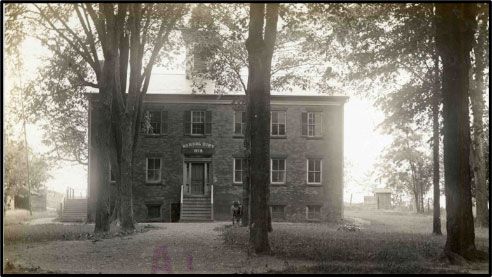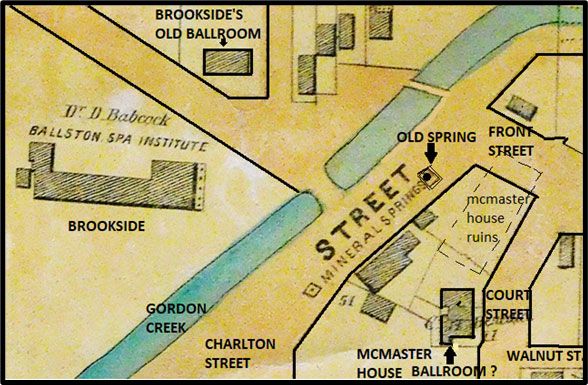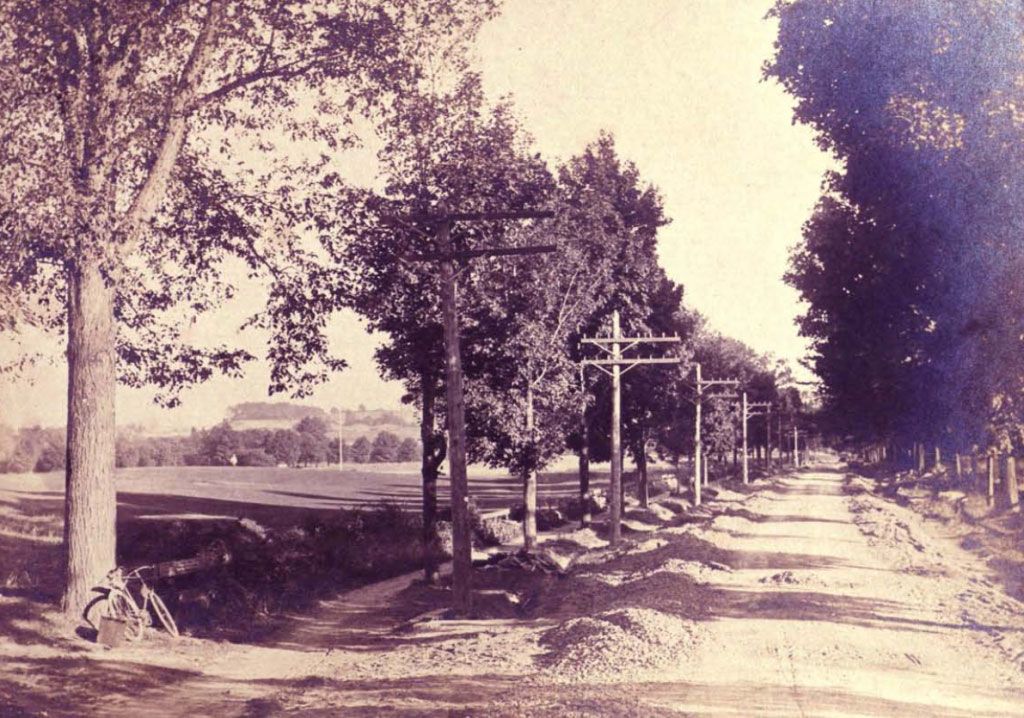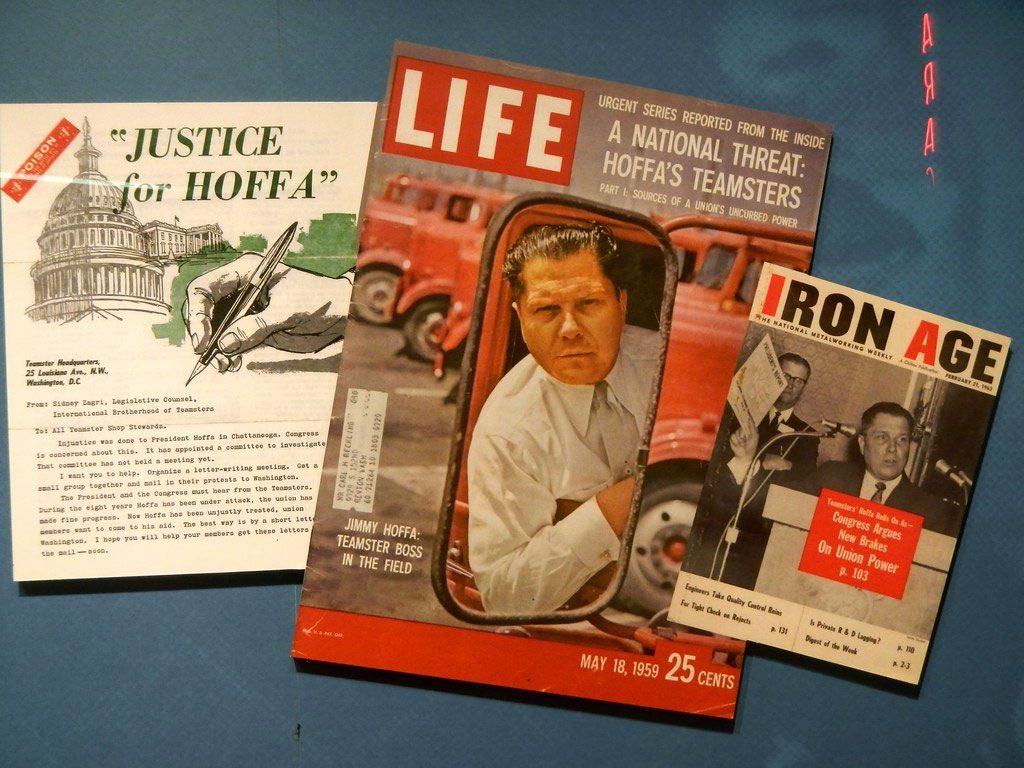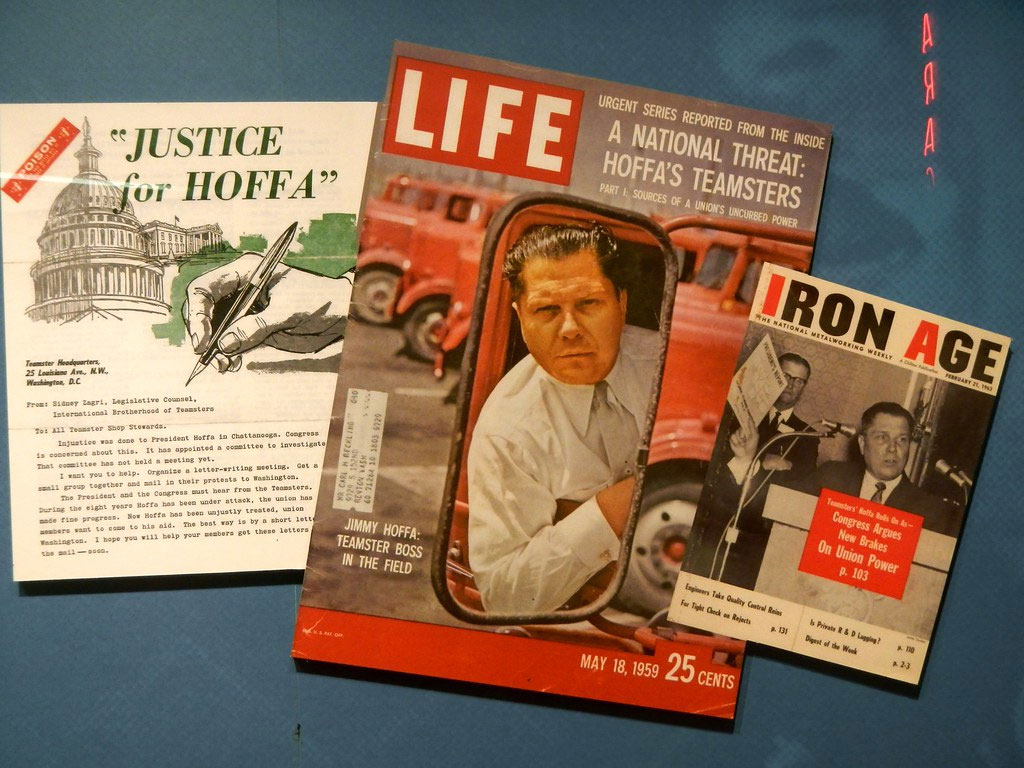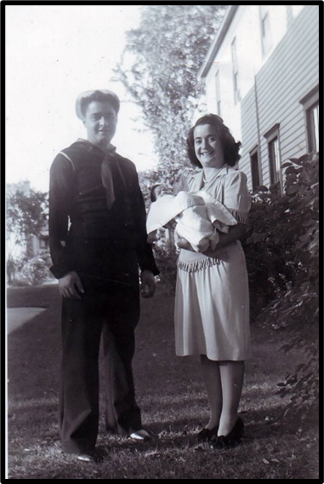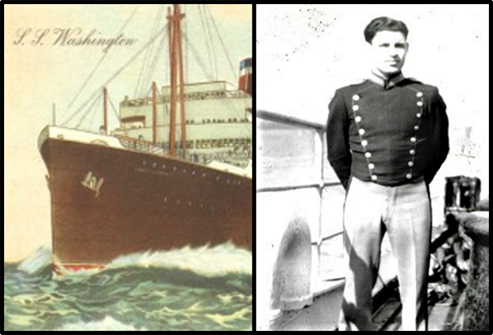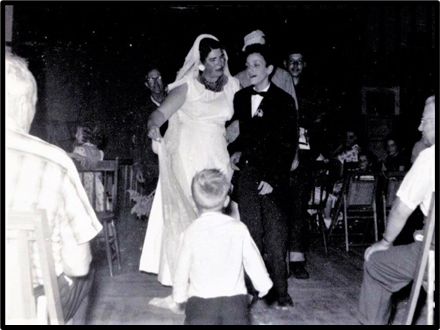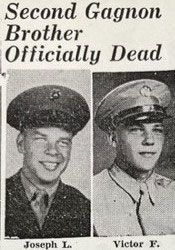A Letter From School, 1854

As summer vacation comes to an end, students are once again preparing to return to school. Following, is a letter written 169 years ago by a student at the Jonesville Academy. The Academy was a private school, built about 1839, complete with dormitories. It stands today as a private home.
“Jonesville, May 14, 1854.
Dear Father, You said I must write to you tonight and I thought I would but as for being homesick I would never write. But I am awful hungry. I like my school first rate and all the boys. I study Arithmetic, Grammar, Book Keeping, Reading, Spelling and Penmanship. I want you to send me some letter stamps in your next letter. I want you should write soon and write all about the dog and everything. I want the vest right off and as for my shoes fetch them up when you come next week.
Mother, Have a little pity and make me some good lemon pies and send them up by father. Sometimes I have to eat clear bread and water for I can’t eat their butter. Make 6.
– W.H.H. Tourtellot”
This letter could easily have been written today! William Henry Harrison Tourtellot, the son of William C. Tourtellot of East Sand Lake, Rensselaer County was 15 years old when he wrote this letter to his parents. He must have enjoyed his time at the Jonesville Academy, because he later made his home in Clifton Park. He and his family are buried in the Clifton Park Center Baptist Church Cemetery. Descendants still live in the Town.
William H.H. Tourtellot was only one of many students who attended the Jonesville Academy during the mid-1800s. The Academy was founded in 1836 by Clifton Park politician and entrepreneur, Roscius R. Kennedy, who donated substantial funds of his own to sustain the institution. Public schools were not considered the best at this time, and well-to-do people often formed boarding schools when they could. The Jonesville Academy, which was really a junior-senior high school, made provision for 50 boarders, male and female, and offered an academic, commercial, classical, and “ornamental” education.
A circular put out by the school about 1852 noted: “Jonesville Academy is located in the very pleasant, quiet and remarkably healthy little village of Jonesville, the northern terminus of the Halfmoon and Clifton Park Plank Road.” A broad range of studies was offered including physiology, rhetoric, Greek, Latin, mathematics, bookkeeping, natural science, penmanship, English, French, drawing, painting, vocal and instrumental music, and at various times Spanish and Italian.
Two years before William Tourtellot wrote his letter home, there were a total of 181 students enrolled at the academy, 129 gentlemen and 52 ladies. Two of the girls came from Washington County, one from Jackson and the other from North White Creek, while several of the boys came from as far away as San Francisco, California and Buenos Ayres, South America.
According to the 1852 circular, the Female Department was supervised and conducted by a lady qualified in every respect to direct young ladies in their course of study and in the cultivation of correct habits and polite accomplishment. Ladies were to room in the same hall with the teacher and were under her constant supervision. Instrumental and vocal music, and all the ornamental branches, usually pursued in Female Seminaries, were taught at the Jonesville Academy.
The charge for Board and Tuition, except for piano lessons which were an additional charge, was $100 for an Academic Year, or 44 weeks. This included washing, fuel, room rent, and use of the furniture. Tuition, when not included with Board and Room was $6.00 per term, except for Music, Painting, Drawing, Embroidering and Surveying.
Parents were warned about giving their sons too much spending money as “The imaginary wants of most boys are far more numerous than their real ones.” The list of don’ts included the use of tobacco and alcohol, profane language, gambling, lounging upon the beds during the day, frequenting the kitchen, association between the two sexes, and the use of fire-arms and powder.
The Jonesville Academy remained strong until 1870, when it abandoned its charter because of financial embarrassments. It continued in part-time operation until 1876, when it was finally closed. The school building was later used by the public school system until about 1953. Many older residents of Clifton Park remember attending school in the old academy during the l940s and early 1950s before closing. During the mid 1960’s the school was reopened for a few years to accommodate the large influx of children of newly arriving Clifton Park residents. The abandoned building was auctioned off to the present owners for $10,000 in the late 1970s. The Temple family restored it as a home, retaining many of the school’s features such as the original blackboards. They received Clifton Park’s Historic Preservation Award for their efforts.
May today’s students have plenty of sweets to eat during the school year, and not have to beg their mothers to “make some good lemon pies.”
